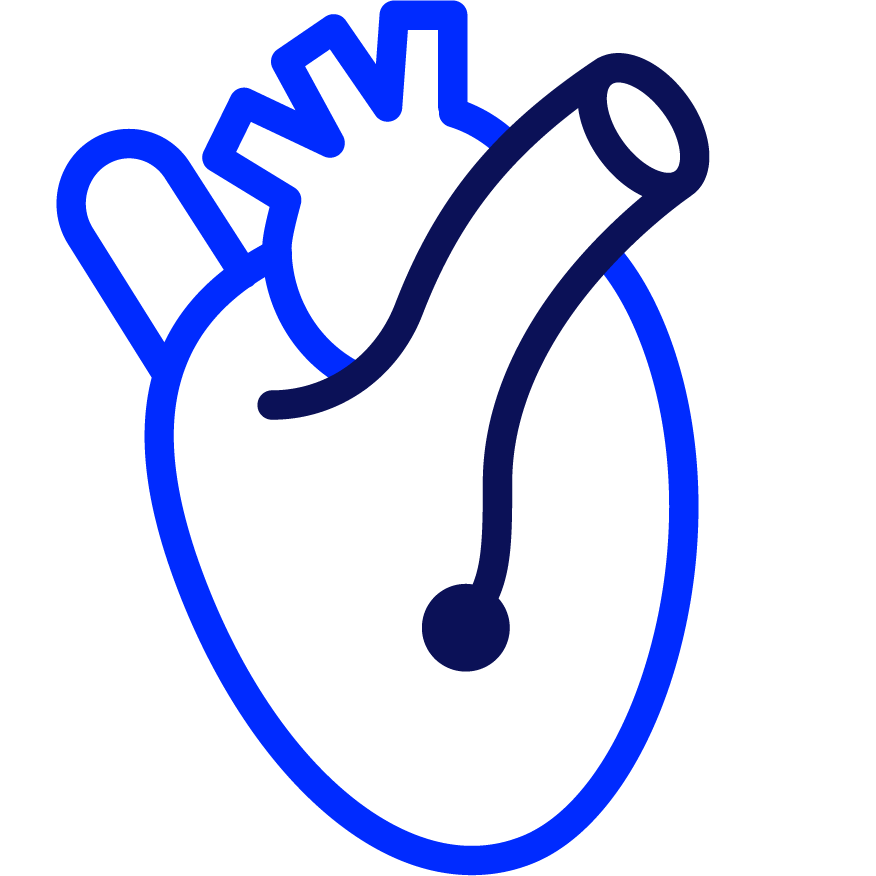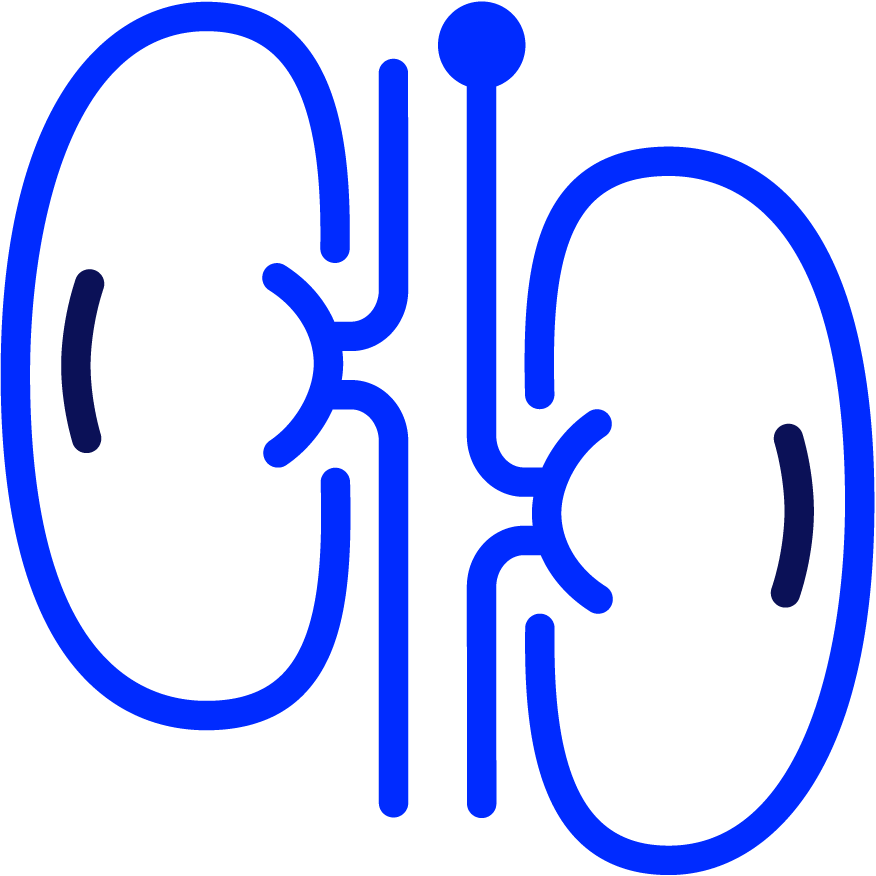Kidney disease
Nearly one out of three people with type 1 diabetes develop kidney disease.
Fortunately, most people with type 1 diabetes (T1D) and kidney disease don’t end up with kidney failure.
T1D and kidney disease
The kidneys filter waste and extra water out of your blood through urine. Your kidneys also help control blood pressure and deploy hormones that your body needs to stay healthy. When your kidneys are damaged, they can’t filter blood like they should, which can cause wastes to build up in your body. Chronic high blood glucose levels can slowly and progressively or aggressively damage the kidneys.
Treatments for kidney disease
Getting early treatment is key to delaying further damage and progression of kidney disease. Treatment is based on the stage:
In the early stages of kidney disease, medications may be prescribed to help manage blood pressure. These medicines can also reduce the risk of kidney disease from progressing. Newer glucose-lowering medications that are used to treat type 2 diabetes, such as SGLT inhibitors, GLP-1 agonists and Mineralocorticoid receptor antagonists, also act to protect kidneys and help the kidney disease from progressing. These are currently approved for or being tested in advanced kidney disease in other (non-T1D) populations.
As chronic kidney disease progresses to serious advanced stages, kidney dialysis or transplantation may be needed. This treatment filters blood, removing waste, chemicals, and extra fluid from the blood because the kidneys can’t anymore, or replaces with a functional kidney from cadaveric donors.
Preventing kidney disease

Keep your blood-sugar in range

Manage blood pressure

Get checked annually for diabetic kidney disease by a healthcare professional

Seek preventative care early to prevent progression to advanced disease stage
More complications guidance
Cardiovascular disease (CVD) is a long-term complication of T1D. CVD includes coronary heart disease, cerebrovascular disease, and peripheral artery disease.
For people living with T1D, eye disease is a troubling reality, but early detection and timely treatment can reduce the risk of blindness by over 95 percent.
Improving quality of life
Breakthrough T1D is tackling the complications of T1D, including eye, kidney, and heart disease—where we have the opportunity to make short- and long-term impacts on people’s lives—strategically investing in developing treatments that can improve outcomes of T1D.